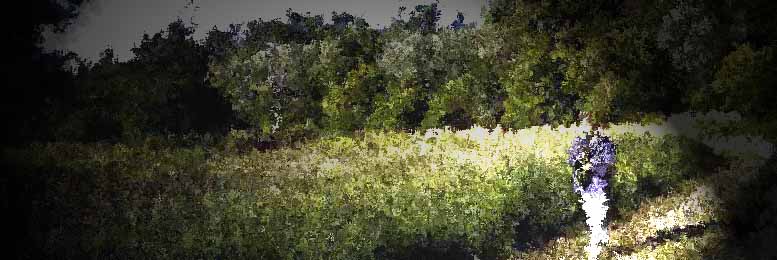28.11.2008 | 04:49
Böstaður með marijuna, 2700 árum síðar
Ég hálf hló innra með mér þegar ég sat við tölvun og sötraði smá "hákon" og fann þessa skemmtilegu frásögn af marijunanotkun í Kína. Ekki í sjálfu "alþýðulýðveldinu", heldur fyrir u.þ.b. 2700 árum síðan. Og einstaklingurinn er "böstaður" með ekkert smá magn, heldur hátt í kíló.
Frásögn af þessum einstaka eiturlyfjafundi má lesa á vef The Globe and Mail.
Í fréttinni má m.a. lesa eftirfarandi:
"Researchers say they have located the world's oldest stash of marijuana, in a tomb in a remote part of China.
The cache of cannabis is about 2,700 years old and was clearly “cultivated for psychoactive purposes,” rather than as fibre for clothing or as food, says a research paper in the Journal of Experimental Botany.
The 789 grams of dried cannabis was buried alongside a light-haired, blue-eyed Caucasian man, likely a shaman of the Gushi culture, near Turpan in northwestern China.
The extremely dry conditions and alkaline soil acted as preservatives, allowing a team of scientists to carefully analyze the stash, which still looked green though it had lost its distinctive odour."
"The marijuana was found to have a relatively high content of THC, the main active ingredient in cannabis, but the sample was too old to determine a precise percentage.
Researchers also could not determine whether the cannabis was smoked or ingested, as there were no pipes or other clues in the tomb of the shaman, who was about 45 years old.
The large cache was contained in a leather basket and in a wooden bowl, and was likely meant to be used by the shaman in the afterlife.
“This materially is unequivocally cannabis, and no material has previously had this degree of analysis possible,” Dr. Russo said in an interview from Missoula, Mont.
“It was common practice in burials to provide materials needed for the afterlife. No hemp or seeds were provided for fabric or food. Rather, cannabis as medicine or for visionary purposes was supplied.”
The tomb also contained bridles, archery equipment and a harp, confirming the man's high social standing."
"The substance has been found in two of the 500 Gushi tombs excavated so far in northwestern China, indicating that cannabis was either restricted for use by a few individuals or was administered as a medicine to others through shamans, Russo said.
“It certainly does indicate that cannabis has been used by man for a variety of purposes for thousands of years.”
Dr. Russo, who had a neurology practice for 20 years, has previously published studies examining the history of cannabis.
“I hope we can avoid some of the political liabilities of the issue,” he said, referring to his latest paper.
The region of China where the tomb is located, Xinjiang, is considered an original source of many cannabis strains worldwide."
Flokkur: Vísindi og fræði | Facebook

Bæta við athugasemd [Innskráning]
Ekki er lengur hægt að skrifa athugasemdir við færsluna, þar sem tímamörk á athugasemdir eru liðin.